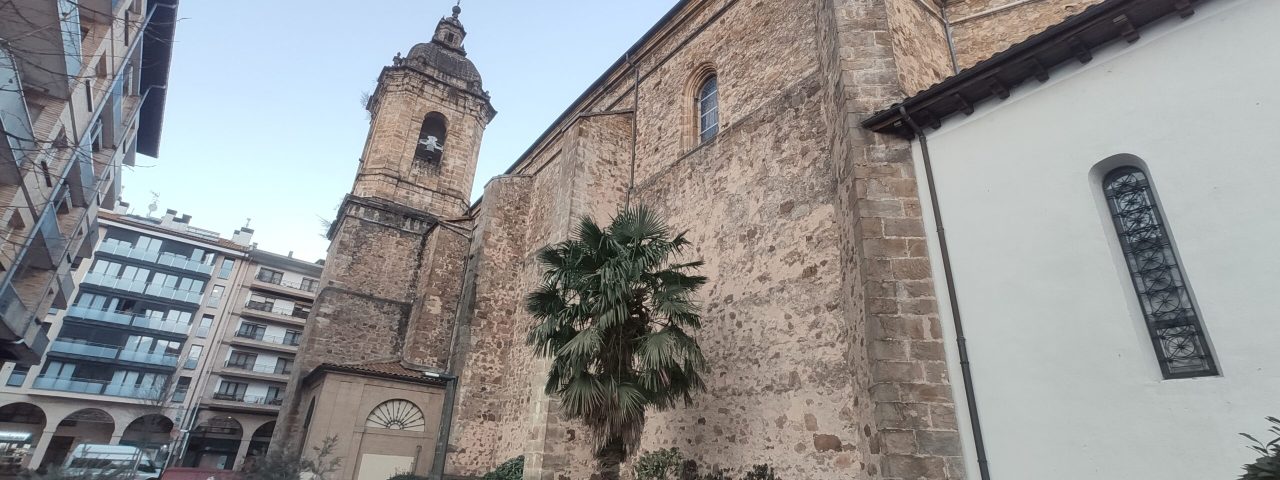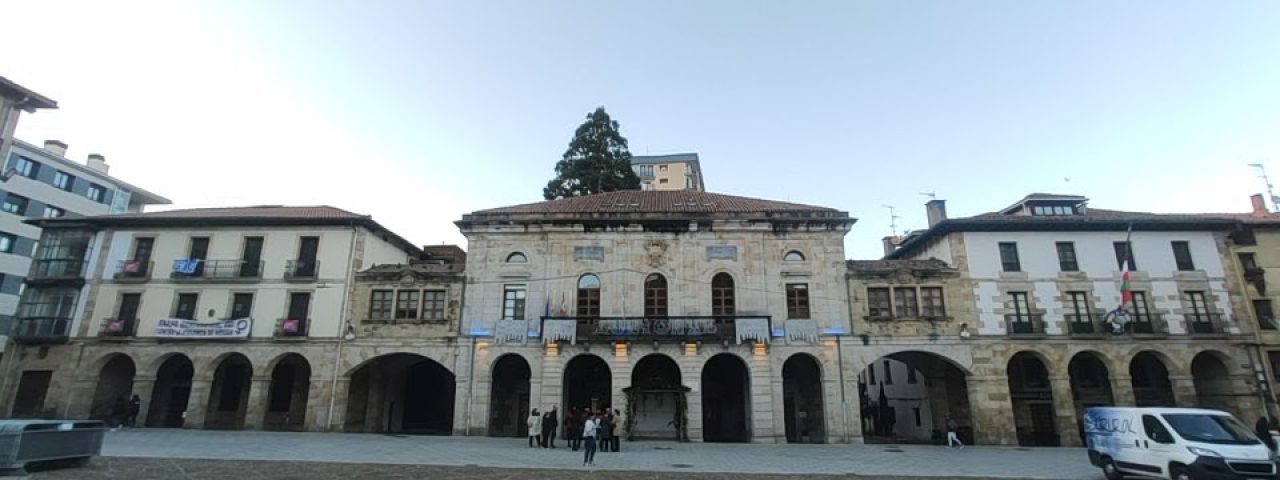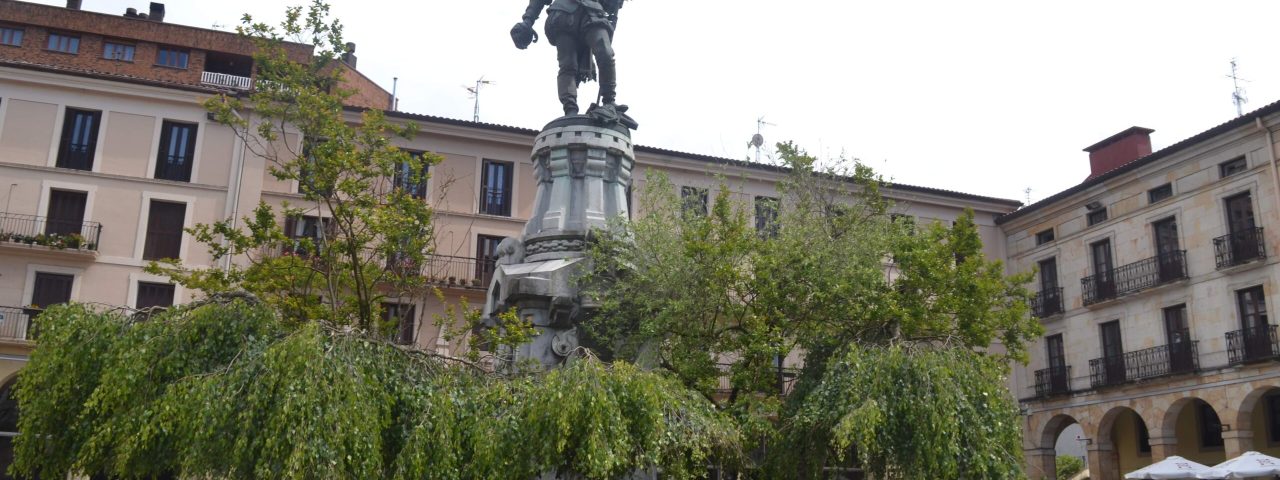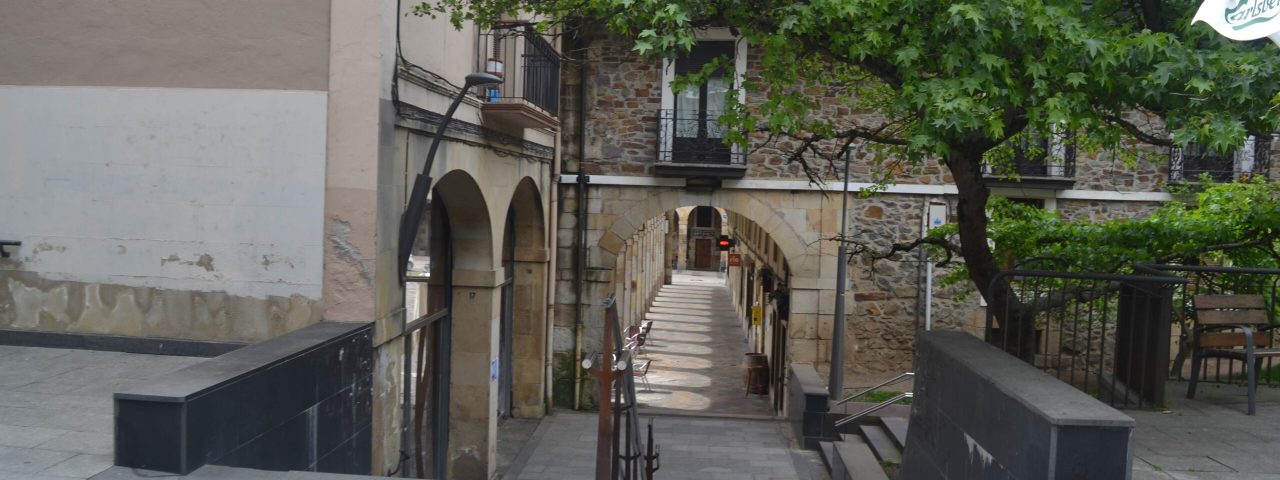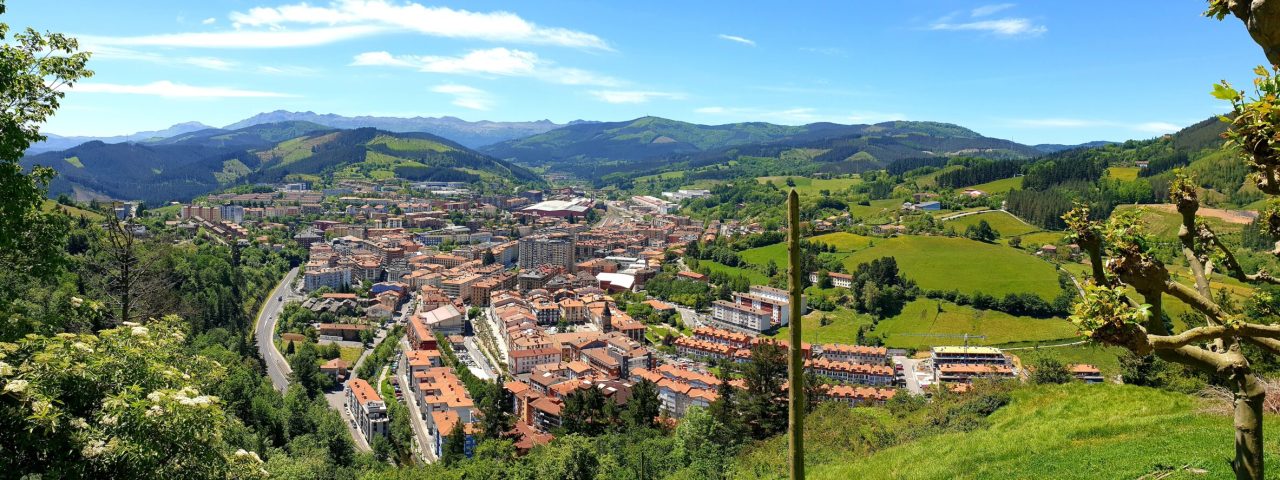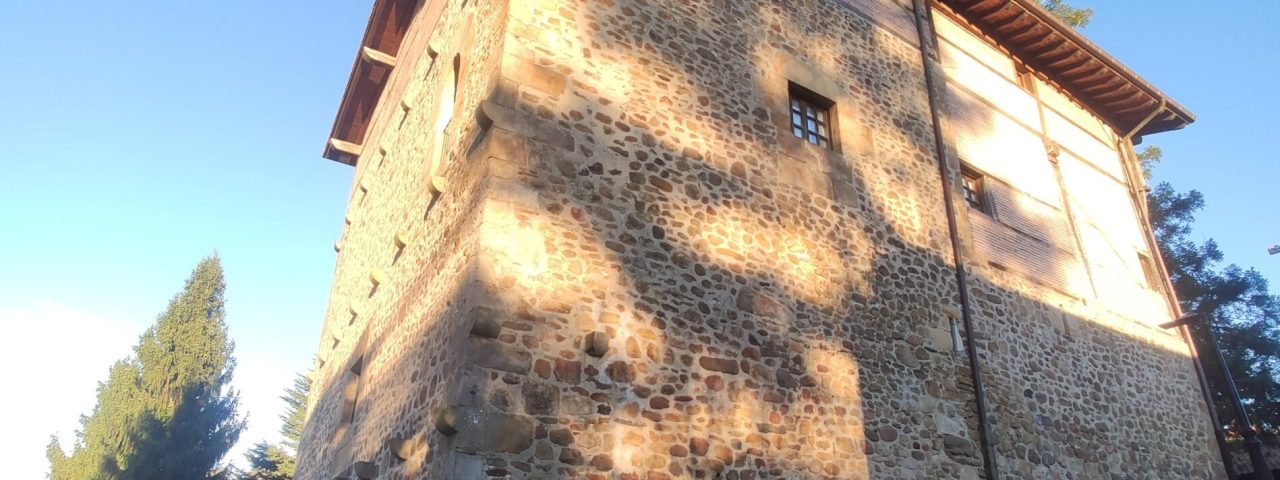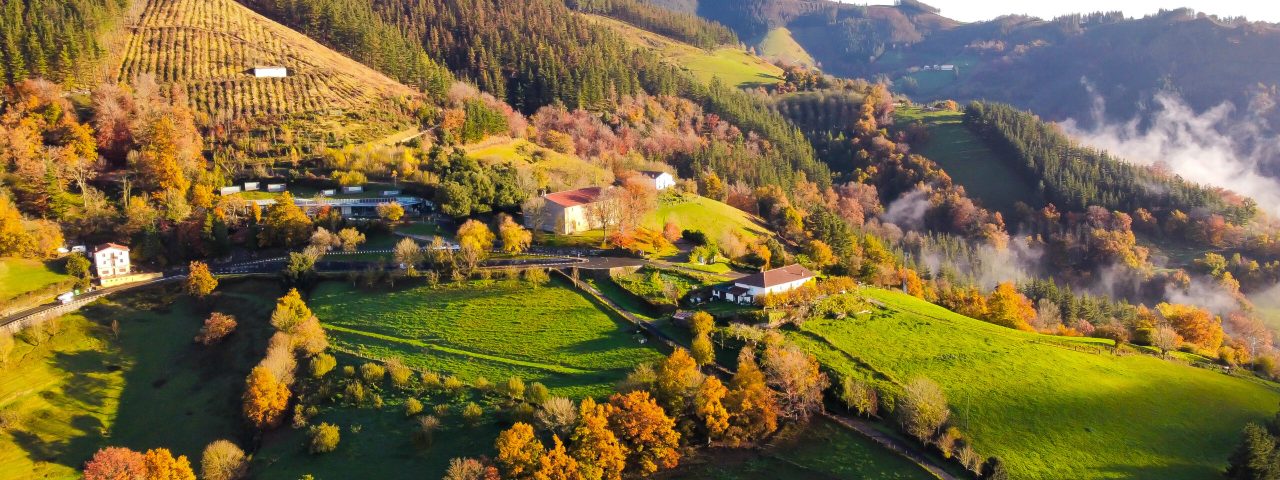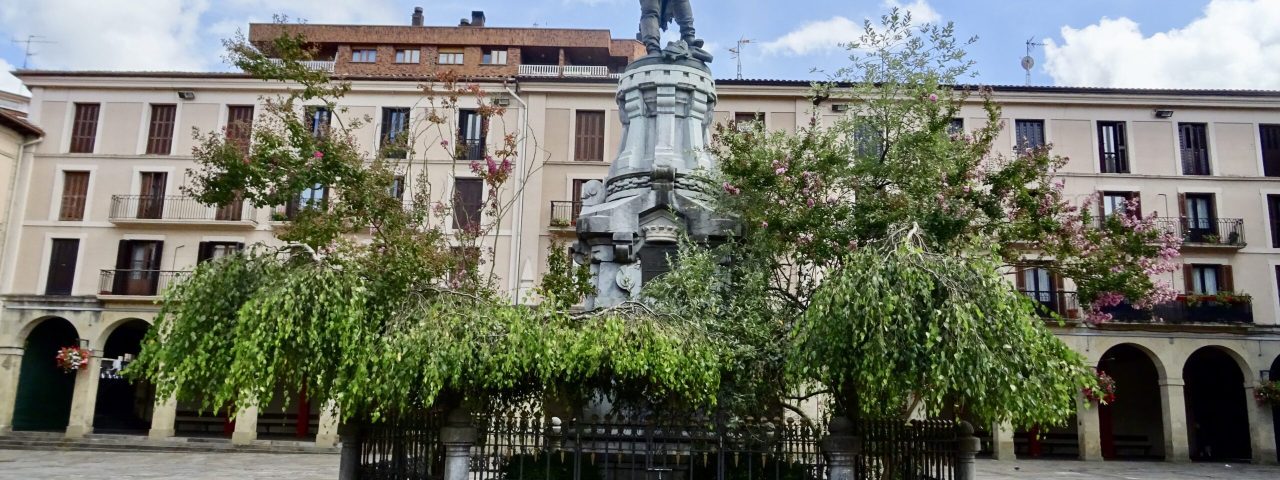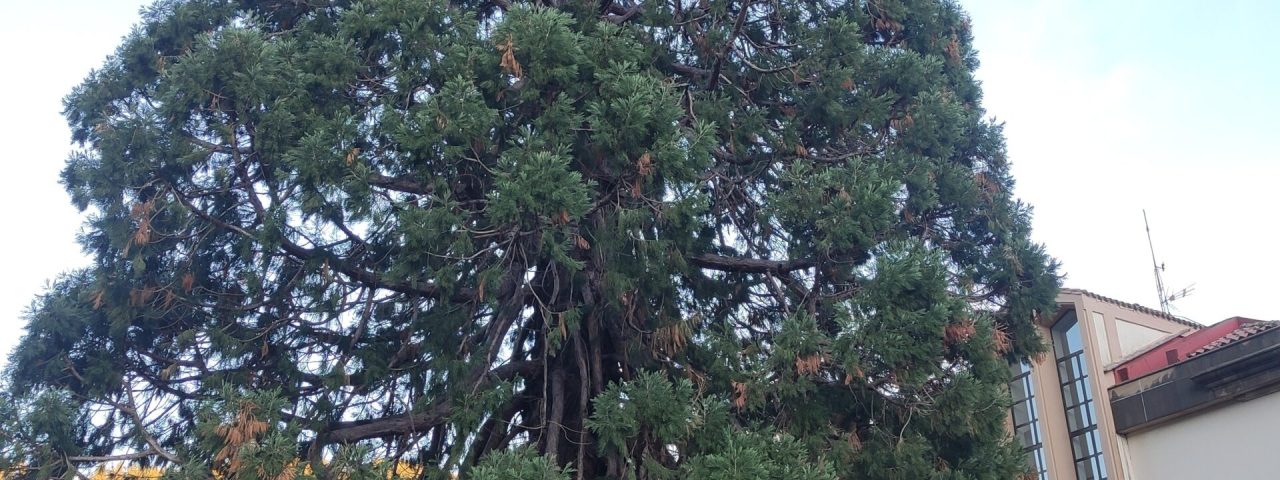Zumárraga has a rich and storied history, with its origins tracing back to the medieval period. It was first documented in the early 14th century, and like much of the Basque Country, its history is shaped by the ebb and flow of Christian, Roman, and Moorish influences. The town’s most famous historical figure is Miguel López de Legazpi, the Spanish navigator who led the expedition to the Philippines in the 16th century. His birthplace, a house known as Palacio de Legazpi, still stands as a reminder of the city’s role in the age of exploration.
Culturally, Zumárraga retains many of the traditional customs of the Basque people. Basque festivals, such as the annual “San Sebastián Day” and local celebrations of saints, are important events that draw both locals and tourists. One of the highlights is the pilgrimage to the Santuario de la Antigua, an ancient church that is the spiritual heart of the area, attracting visitors from across the region.
The Basque language (Euskara) is widely spoken in Zumárraga alongside Spanish, and this linguistic duality is a significant part of the city’s identity. Visitors will notice bilingual signs and may hear both languages in everyday conversations, adding to the unique cultural experience.
